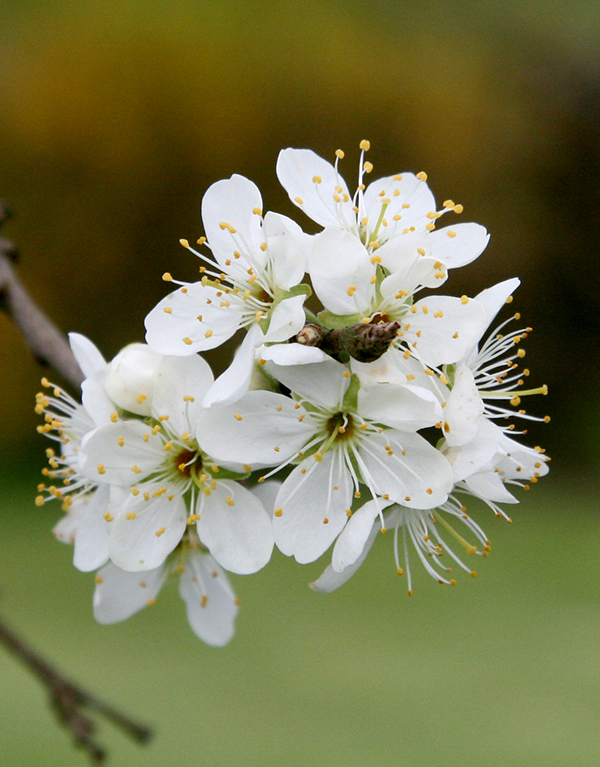I must confess to having a love affair with the damson. With their blue-black skin and astringent/sweet flavour they are a firm favourite. Of all the fruits available to the preserver, the damson is the maestro. Available from September to early October, they are high in pectin and acid. Damsons are unique as they make almost every type of preserve including damson jam, jelly, butter, cheese, sauce, syrup, chutney, pickle, vinegar and liqueurs. As they are so versatile I like to freeze some for preserves in the Spring.
With their blue-black skin and astringent/sweet flavour they are a firm favourite. Of all the fruits available to the preserver, the damson is the maestro. Available from September to early October, they are high in pectin and acid. Damsons are unique as they make almost every type of preserve including damson jam, jelly, butter, cheese, sauce, syrup, chutney, pickle, vinegar and liqueurs. As they are so versatile I like to freeze some for preserves in the Spring.
Originating in Damascus, Syria, the Crusaders brought damsons back to Europe. Originally, they were known as damscene, later shortened to damson.They became abundant in Cumbria, Kent, Shropshire and Worcestershire, where trees were planted to supply dye for the carpet industry in Kidderminster, from the skins of the fruit.
In Somerset I frequently see under-ripe damsons for sale in markets during late August and early September. An under-ripe damson is very sour and the skin is firm to the touch. With so many different varieties of plums, they are frequently mistaken for damsons when they are really under-sized Czar or Purple Pershore Plums. The size of plums varies considerably depending on the growing conditions.
There is an annual Damson Day organised by the Westmorland Damson Association, in the Lyth Valley in April, at a time when the trees are covered in white blossom. I am excited to be going this year.
With frozen damsons, I like to make a fruit cheese, well known for serving with a cheese course. It’s also eaten with bread or with cold meats. My favourite way is to serve it as a petit four cut into small shapes, and covered in melted chocolate. Fruit cheeses are traditionally potted in small, straight sided containers. When turned out, their colour is bright, deep, even and rich. They should cut cleanly and not be soft or sticky. Here’s the recipe.
Damson Cheese in Chocolate
Makes approx 3.5lb.
1.4kg damsons
200ml water
Granulated sugar
150g dark chocolate (70% cocoa solids) chopped
1. Cook the damsons in the water in a covered pan over a low heat until the fruit is reduced to pulp. Sieve and weigh the pulp – there should be about 1.12kg
2. Pour the pulp into the pan and gently simmer until any excess water has evaporated and the pulp is thick. Add 345g of warmed sugar for each 450g of measured pulp to the pan.
3. Dissolve the sugar and continue cooking. Stir frequently until the cheese is thick. It will be ready when a spoon draws a clean line through the cheese, on the bottom the pan.
4. Pour the cheese into clean, hot ramekins or small moulds lightly greased with glycerine. Seal with waxed discs and cellophane covers. When cold, turn out and place on a wooden board.
5. Melt 100g of the chocolate in a bowl over a pan of barely simmering water. Remove the pan and add the remaining 50g of chocolate. Pour the chocolate over the cheese and leave to set. When cold, cut into triangles and put into small petit four cases.
Links
Damson Day website
Guide to Damson varieties
For more Preserves Recipes First Preserves: Marmalades, Jams, Chutneys or First Preserves: eBooks
